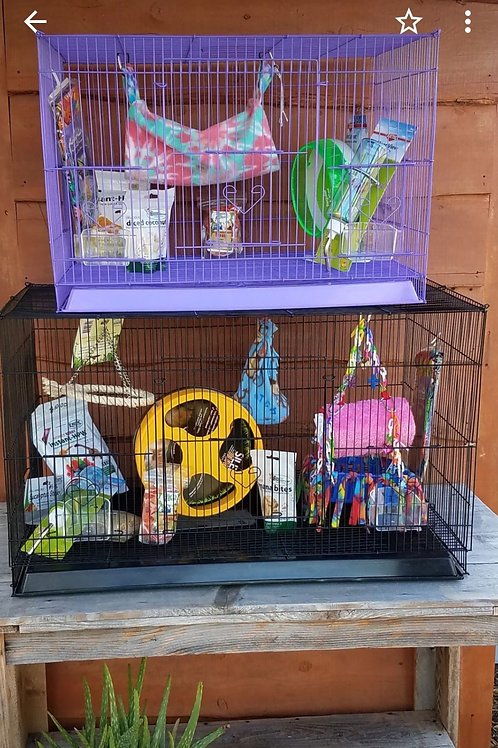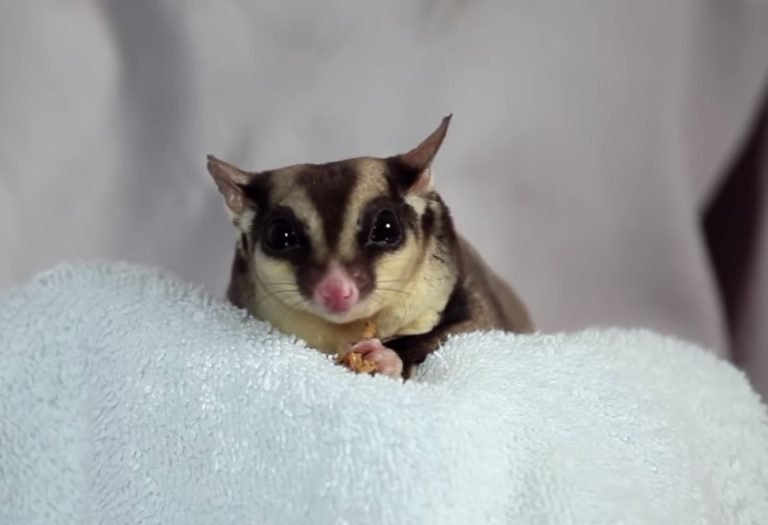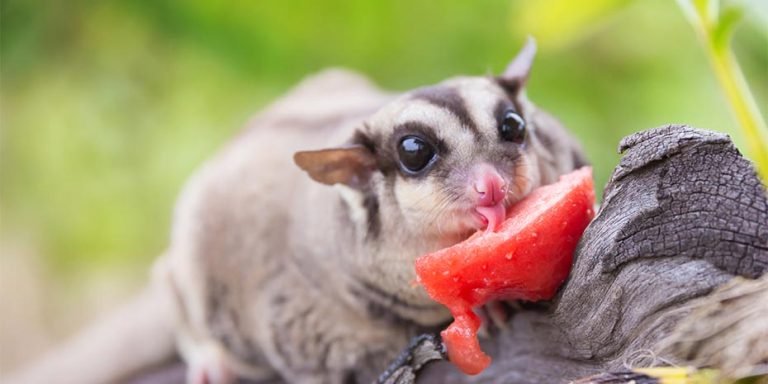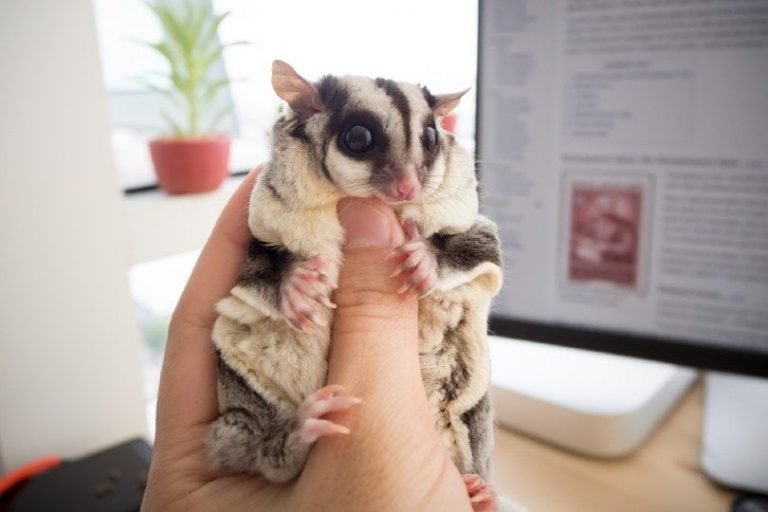Sugar Glider Starter Kit
Sugar Glider Starter Kit: Everything You Need to Know to Get Started
Have you ever dreamed of having a sugar glider as a pet? These adorable and sociable little creatures have become increasingly popular pets in recent years. Sugar gliders are small marsupials native to Australia, Indonesia, and New Guinea. They are known for their playful nature, unique flying ability, and their strong bond with their owners.
If you’re considering getting a sugar glider as a pet, it’s important to provide them with a suitable and comfortable environment. That’s where a sugar glider starter kit comes in. In this article, we will guide you through the essential items you should include in your sugar glider starter kit, as well as some tips to help you create a safe and enriching habitat for your new furry friend.
Creating the Perfect Home for Your Sugar Glider
Cage and Enclosure Setup
The first and most crucial item in your sugar glider starter kit is a suitable cage. Sugar gliders need plenty of space to climb, glide, and explore. A recommended cage size for a pair of sugar gliders is at least 30 inches wide, 18 inches deep, and 36 inches tall.
When setting up the cage, make sure to include the following:
Cage Type
Choose a wire cage with narrow spacing between the wires to prevent your sugar glider from escaping. Avoid cages with plastic bars as sugar gliders may chew them and potentially ingest harmful materials.
Cage Accessories
Add branches, perches, and ropes for your glider to climb and play on. Include a nesting box for them to sleep in during the day, as sugar gliders are nocturnal creatures.
Bedding and Litter
Line the bottom of the cage with appropriate bedding materials. Avoid using cedar or pine shavings, as they can be harmful to sugar gliders. Instead, opt for materials such as paper bedding, fleece liners, or natural bark chips.
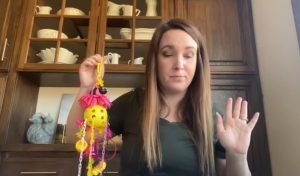
Food and Water Dispensers
Provide food and water dispensers that are easily accessible for your sugar glider. Ceramic dishes or stainless steel bowls are ideal, as they are easy to clean and won’t tip over easily.
Diet and Nutrition
A balanced diet is essential for the health and well-being of your sugar glider. In the wild, sugar gliders feed on a varied diet of nectar, sap, insects, and fruit. It’s crucial to replicate their natural diet as closely as possible to ensure they receive the necessary nutrients.
Prepared Food Mix
Include a high-quality, nutritionally balanced, commercial sugar glider food mix in your starter kit. These food mixes contain a combination of fruits, vegetables, insects, and essential vitamins and minerals.
Fresh Fruits and Vegetables
Offer fresh fruits and vegetables daily to supplement your glider’s diet. Some healthy options include apples, grapes, sweet potatoes, leafy greens, and carrots. Avoid feeding them foods that are toxic to sugar gliders, such as avocado, chocolate, and caffeine.
Insects and Protein
Sugar gliders require a good source of protein in their diet. Offer live insects like mealworms, crickets, or waxworms as occasional treats. Alternatively, you can provide commercial insect-based treats or supplement their diet with a powdered glider multivitamin.
Enrichment and Toys
Sugar gliders are highly intelligent and curious animals. Providing them with plenty of mental and physical stimulation is crucial for their well-being. Include the following items in your sugar glider starter kit to keep them entertained:
Exercise Wheel
A small exercise wheel can provide endless fun and exercise for your sugar glider. Make sure to choose a wheel that is safe and quiet, as some models can be noisy or have gaps that can trap the glider’s tail.
Hanging Toys and Pouches
Sugar gliders love to climb and hide. Include hanging toys, pouches, and tunnels for them to explore and nest in. Look for items made from safe materials, such as fabric or natural fibers.
Chew Toys
Sugar gliders have sharp teeth and enjoy chewing on things. Provide them with safe chew toys, such as wood blocks or bird toys made from safe materials. Avoid giving them plastic toys or items with small parts that they could swallow.
Health and Safety
Ensuring the health and safety of your sugar glider is of utmost importance. Incorporate the following items into your starter kit to keep your glider healthy and happy:
Veterinary Care
Research and locate a veterinarian with experience in treating sugar gliders. Regular check-ups are essential for monitoring your glider’s health and addressing any potential issues.
First Aid Kit
Keep a small first aid kit on hand in case of any minor injuries or emergencies. It should include items such as sterile bandages, saline solution, and an antiseptic ointment.
Cleaning Supplies
Maintaining a clean and hygienic cage is vital for your sugar glider’s health. Include appropriate cleaning supplies like non-toxic cage cleaners, pet-safe disinfectants, and brushes for scrubbing.
Frequently Asked Questions
Now, let’s address some common questions that new sugar glider owners often have:
1.Can sugar gliders be kept alone?
Sugar gliders are highly social animals and thrive best when kept in pairs or small groups. It is not recommended to keep a single sugar glider as they may become lonely and develop behavior problems.
2.How long do sugar gliders live?
With proper care and nutrition, sugar gliders can live up to 12-15 years in captivity. However, their lifespan can vary depending on various factors, including genetics, diet, and overall health.
3.Can sugar gliders be potty trained?
Yes, sugar gliders can be potty trained to an extent. However, it requires patience, consistency, and positive reinforcement. Providing a designated corner with an absorbent lining in the cage can help facilitate the training process.
4.Do sugar gliders need baths?
Sugar gliders groom themselves, and in most cases, bathing is not necessary. However, if they get excessively dirty or have a skin condition, you can give them a shallow, lukewarm bath using a sugar glider-safe shampoo.
Final Thoughts
Investing in a well-thought-out sugar glider starter kit is essential to ensure that your new pet has a comfortable and enriching home. By providing the right enclosure, a balanced diet, and plenty of mental and physical stimulation, you can create a safe and happy environment for your sugar glider. Remember, these little creatures require commitment, patience, and love, but the bond you’ll form with your sugar glider will undoubtedly be rewarding for years to come.

